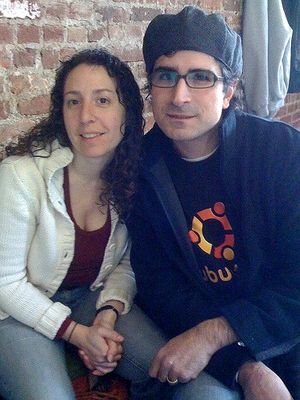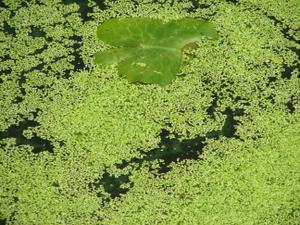
This is the last installment of The Urban Environmentalist from the Center for the Urban Environment (CUE)because that organization has, sadly, closed its doors. Rebeccah Walsh conducted this interview with Samantha Delman-Caserta, co-owner of
3r Living, about Park Slope and the importance—and challenges of—recycling.
CUE: Where are you originally
from?
Delman-Caserta: I was born in Staten Island, NY.
CUE: When did 3r Living open and what lead you to start up the venture?
Delman-Caserta: 3r Living was opened in 2004 after over a year of research and
planning. Mark at the time was an environmental lobbyist working on some
major issues in NYC. This gave us exposure to information on new technologies,
materials, etc… that were much better for the environment. At that time I was
a buyer in the housewares area and began looking to see what new things were
readily available in the market. It amazed us both that there was a large
amount already and that no one was focusing on bringing it to the consumer and
educating them on better choices. So we decided that we would do it.
CUE: Do you think that the blend between entrepreneurship and education
is true of most merchants or unique to businesses like yours with a social
mission?
Delman-Caserta: I don't think that
it is only exclusive to social mission based businesses. Actually in my
opinion education is a part of customer service – no matter what the
product.
CUE: How did you choose the location
of your business(es) – and what do you like best about your community/customer
base?
Delman-Caserta: At the time, Mark
and I lived in Park Slope on the up and coming 5th Avenue. We
knew that Park Slope was already considered the recycling capital of NYC and
that residents already understood the issues facing us in terms of Global
Warming, etc… So we were pretty sure that there would be interest and
understanding of our mission. As for Maplewood, NJ – after three years of
business in Brooklyn – we decided to bring our offering to another part of the
Tri-state. Being that Maplewood is known as "Park Slope West"
and has a very similar demographic, we thought it would be a good fit.
We have been overwhelmed by the support in both of the communities. Our
customers really appreciate what we are trying to do and most let us know
often. It is so amazing each time we see one of our repeat customers – it
means a lot.
CUE: How do you evaluate your
products in this era of green washing?
Delman-Caserta: Well, it is a little
bizarre that although there is more availability of merchandise than when we
started, it is a more arduous process. This is because we now need to ask
more questions and research our companies, designers, etc… more thoroughly.
In the beginning, most of our vendors were in it for the same reason that we
are – to make a better place for future generations (hence our "Future
Friendly Products"). Now it seems a lot of companies are doing it
because it is a "trend." We make it a policy to test all
products in our own home and to never sell a product if we are not positive
what it is made of, how it was made and how it can be disposed of at the end of
its life.
CUE: You're well known for the
recycling role you play in the community—what's the recycling landscape like in Brooklyn and
Maplewood and how do you see that changing in the next several years?
Delman-Caserta: It has always been a
part of our mission – to help our community dispose of materials that NYC or
Maplewood Township does not accept. This has been greatly received by our
neighbors and we have been happy to offer (and pay) for this service for the
last 5 years. But recycling is a business and it is becoming more costly
and in this economy the market for some of the items is reaching its
maximum. What does this mean for the future? We are not sure,
but we hope that it will not affect our ability to continue to do our part.
CUE: I think people don't
always consider the associated costs and economy of recycling. Can you talk
more about that–or give an example?
Delman-Caserta: Yes, we agree
with you. Most people think that because recycling is a part of disposing
of "garbage" that there is no cost associated with it. Especially
since trash services are "free" in NYC although your taxes have
actually paid for it. But this definitely is not the case.
Recycling is a business and since someone needs to make money doing it – they
charge for it. As they should. We need to remember that
processing some of the materials that we recycle (batteries, electronics,
etc…) means that someone is exposing themselves to dangerous toxins.
CUE: If you could pass a law
tomorrow that would help small businesses locally, what would it look like?
Delman-Caserta: Wow – that is a tough
question. A law that I would love to see worked on and passed is for
manufacturers to own-up to their responsibility for their products at the end
of their life span. This would not specifically help small business, but
it would force the larger corporations have to absorb the cost for the disposal
of their products and spur green innovations. In turn local
governments could the use more of the funds that they currently spend on
garbage and recycling on programs to help small business (or any other need).
(Interview conducted by
Rebeccah Welch, Senior Associate Director of Communications at the Center for
the Urban Environment. As a guide to a more sustainable New York City, the
Center is dedicated to educating individuals about the built and natural
environments. For more about our work visit www.thecue.org.)

